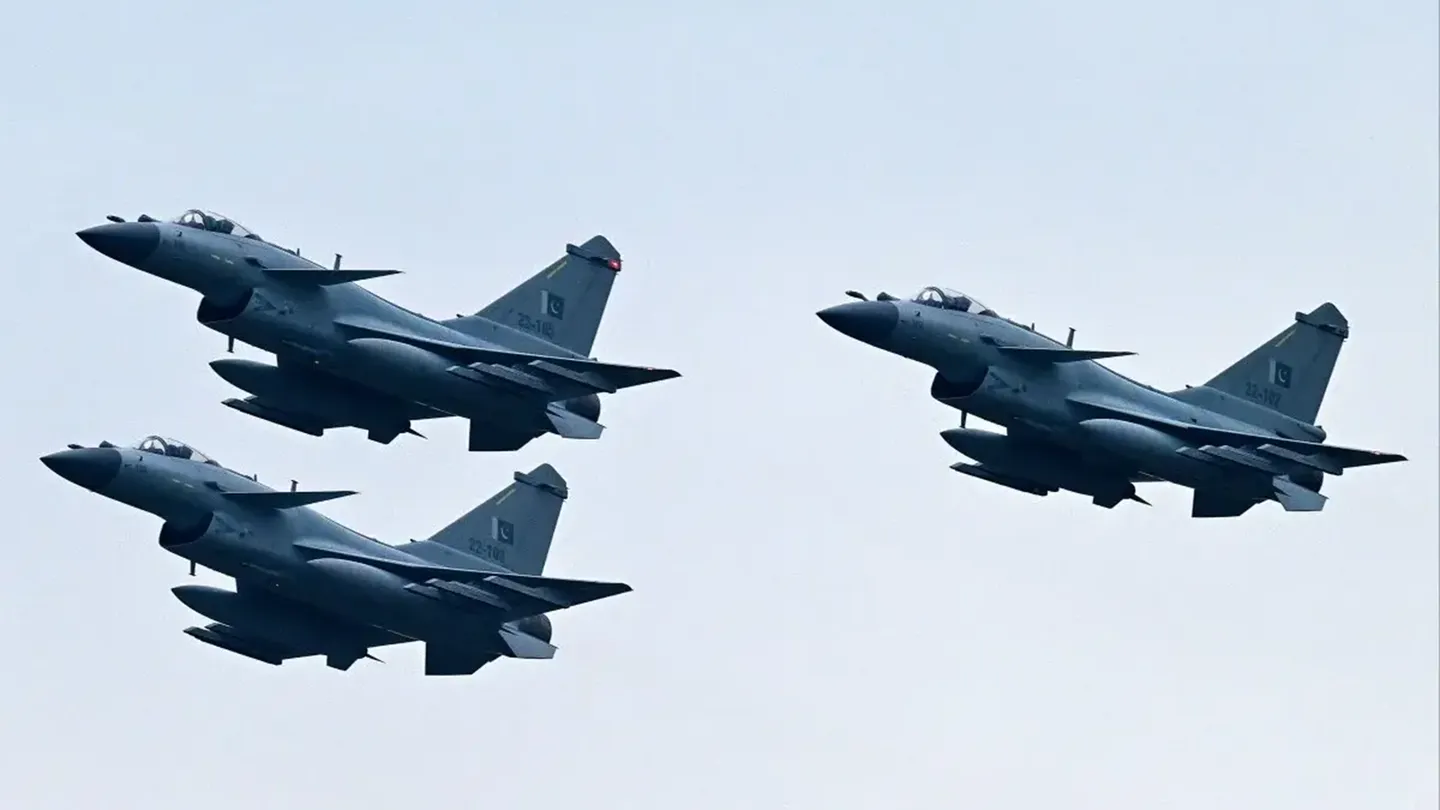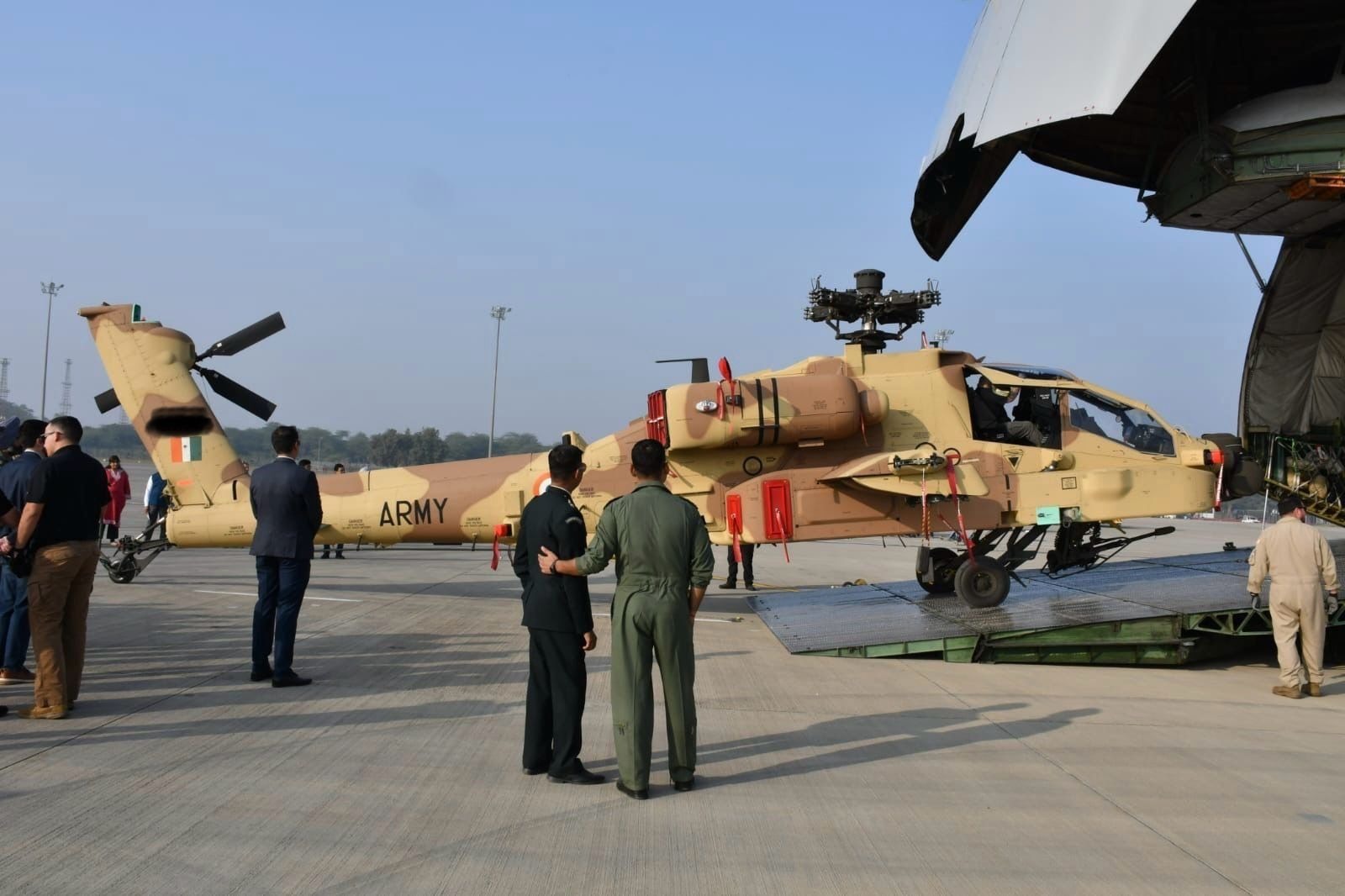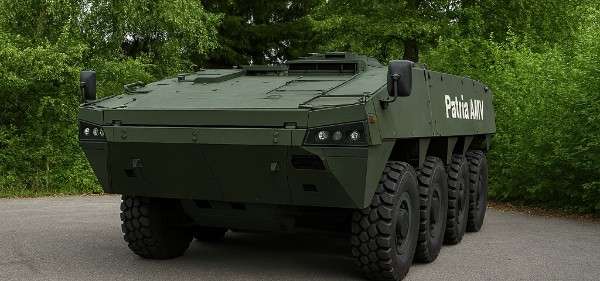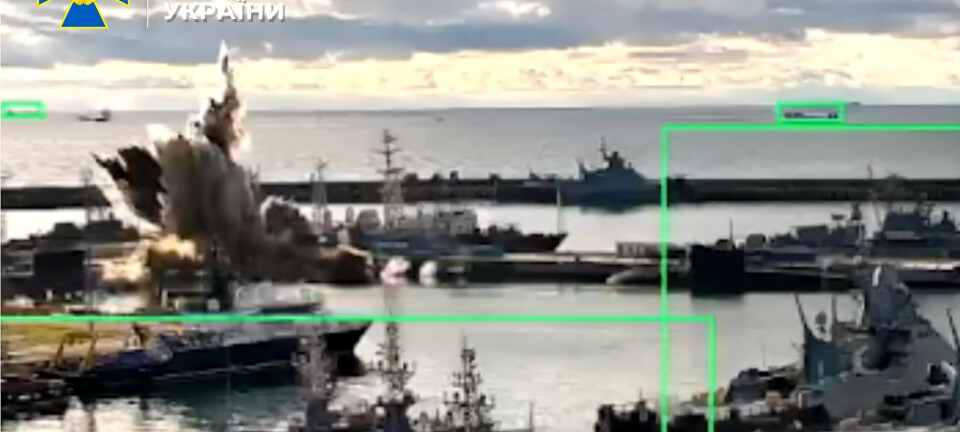The most intense aerial confrontation between Pakistan and India since the 1971 war erupted just after midnight on 7 May 2025. In response to a terrorist attack in Kashmir the previous month, India launched stand‑off strikes at targets in Pakistan. According to Reuters, Indian aircraft remained on their side of the Line of Control while firing cruise missiles; Pakistan quickly scrambled its air‑defence network and ordered a counter‑air mission. This first night of the four‑day conflict became the focus of international attention because it showed how network‑centric systems, rather than sheer numbers, can determine the outcome of modern air battles.
Table of Contents
TogglePakistan’s kill chain and the PL‑15E missile
Shortly after the Indian strikes, Pakistani Air Chief Marshal Zaheer Sidhu ordered the Pakistan Air Force (PAF) to switch from a defensive posture to an offensive counter‑air mission. PAF planners activated an integrated kill chain linking ground radars, airborne early‑warning and control aircraft (AEW&C) and fighter aircraft via the indigenous Data Link 17. According to Reuters, four Pakistani officials said this network connected air, land and space sensors and allowed J‑10C fighters to receive radar feeds from a Swedish Erieye surveillance plane while flying “cold” with their own radars off. This meant Indian pilots could not detect the J‑10Cs because no radar emissions gave away their presence.
The kill chain followed the U.S. Find–Fix–Track–Target–Engage–Assess (F2T2EA) process. A Pakistani ground radar “illuminated” the Indian target; an AEW&C (Chinese KJ‑500) tracked it and relayed firing solutions; a J‑10C launched its missile; and the AEW&C provided mid‑course guidance until the missile’s own seeker went active. Michael Dahm, a former U.S. Navy intelligence officer, told Air & Space Forces that Pakistan’s ability to integrate ground radars with fighters and AEW&C aircraft was the decisive element of the engagement.
The PL‑15E missile fired by the J‑10C gave Pakistan an unprecedented beyond‑visual‑range (BVR) advantage. Chinese media linked to the defence industry reported that the missile strike occurred at 182 km, potentially the longest air‑to‑air kill ever recorded. Indian intelligence reportedly assumed the PL‑15’s range was only ~150 km, leading Rafale pilots to think they were safe. Pakistani officials later told Reuters, “We ambushed them,” noting that an electronic warfare assault further confused Indian pilots. A retired Pakistani Air Marshal Arshad Malik described how jamming severed enemy communications: “pilots received no missile‑lock warning until moments before impact”.
Size of the battle and confirmed losses
Western news outlets agree that the engagement was enormous. Reuters interviewed officials from both countries and estimated that India deployed around 70 aircraft while Pakistan responded with about 40, making the fight one of the largest modern air battles.
The PAF’s integrated network appears to have worked. U.S. and French officials confirmed that at least one Rafale was shot down, and Reuters sources said two Indian aircraft were downed by PL‑15 missiles. Pakistan claimed to have destroyed five to six Indian jets, including multiple Rafales and a Sukhoi Su‑30MKI, but those figures are debated. Independent investigators found wreckage of at least two Indian aircraft inside Indian‑controlled territory, supporting a minimum of two losses. Importantly, neither side crossed the border during the engagement; long‑range missiles allowed both to fight from their own airspace. India acknowledged “losing more than one aircraft” later in June but has not publicly disclosed numbers.
Why Pakistan prevailed:
- Systems integration and data superiority:
Analysts emphasize that Pakistan’s advantage lies not in aircraft performance but in systems of systems. The PAF has streamlined its combat inventory around JF‑17 and J‑10C fighters, American F‑16s, and compatible radars. This makes it easier to fuse data from multiple platforms via Data Link 17, giving pilots a unified picture and allowing rapid kill chain execution. On the other hand, IAF, by contrast, operates a “hodgepodge” of Russian, French, British, Israeli and indigenous jets and missiles. Even simple communication between a Su‑30MKI and a Rafale requires third‑party middleware, causing latency and compatibility issues. The IAF’s diverse missile inventory—Meteor, R‑77, Derby, ASRAAM and Astra adds further complexity. In high‑speed BVR combat, these delays can be fatal and catastrophic.
- Training and doctrine:
Pakistan’s emphasis on network‑centric warfare dates to its Indus Shield exercises and the establishment of the National ISR and Integrated Air Operations Centre (NIAOC). According to retired Air Marshal Arshad Malik, NIAOC fuses space‑based assets, cyber tools and electronic warfare to create a real‑time battlespace picture and to command all combat missions. Former U.S. pilot and analyst Michael Dahm credits Pakistan for fusing Chinese‑supplied platforms, sensors, and missiles into a coherent ecosystem. Meanwhile, India’s 2025 operation imposed strict rules of engagement forbidding attacks on Pakistani aircraft or air defences, partly to avoid escalation. British analyst Justin Bronk notes that Indian pilots were therefore constrained and flew without permission to employ their own Meteor missiles. These doctrinal limitations, combined with inferior situational awareness, left Indian formations vulnerable.
- Electronic warfare and multi‑domain operations:
Pakistani sources describe using electronic warfare to jam Indian communications and degrade sensors. Retired air officers recall that Data Link 17’s jam‑resistant voice and data capabilities allowed PAF pilots to share sensor feeds while denying the enemy access to their own. India’s Rafale pilots received no missile‑lock alerts until the final moments, suggesting that electronic attack and radar‑off tactics were effective. Pakistan also coordinated its air defence network with space‑based and cyber units; Air Commodore Khalid Chishti argues that the multi‑domain kill chain involved satellites, cyber tools, and electronic warfare acting in concert.
- Psychological and strategic impact:
The successful shootdowns had out‑sized psychological effects. Western analyses observed that Pakistan’s ability to integrate Chinese weapons and sensors made the PL‑15 kill chain more significant than the relative capabilities of the J‑10C and Rafale. India’s loss of prestige, the Rafale is its most advanced fighter, prompting domestic debate and creating interest from other countries in Chinese aircraft. For Pakistan, the engagement validated its long‑term investment in networked operations and provided a deterrent that may offset India’s numerical advantage. However, the overall conflict also highlighted vulnerabilities in Pakistani air defences; India’s subsequent BrahMos strikes penetrated Pakistani airspace, and both sides resorted to drones and ballistic missiles.
Conclusion
The 2025 India–Pakistan aerial engagement was not simply a duel between Rafales and J‑10s but a demonstration of how data networks, training, and doctrine determine modern airpower outcomes. Pakistan’s domestically developed Data Link 17, combined with Chinese sensors and PL‑15 missiles, enabled a kill chain that allowed smaller numbers of aircraft to defeat a numerically superior force. India’s diverse fleet and political constraints hampered its ability to respond. The encounter underscores a broader lesson for air forces worldwide: in an era of multi‑domain operations, information superiority and systems integration trump platform prestige.

Aamir Hayat
Student of Defence and Strategic Studies at Quaid-I-Azam University, Islamabad. Exploring the complexities of global security, conflict dynamics, and strategic policy development.













